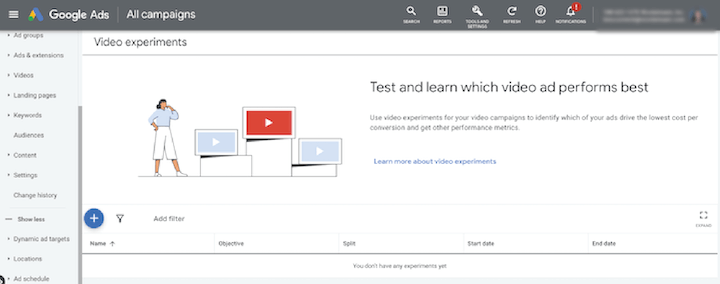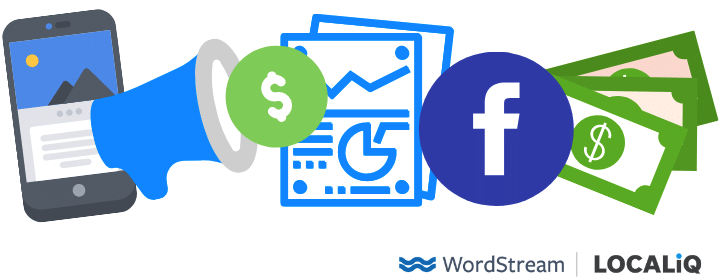Bhurji explained how the Covid-19 pandemic has accelerated demand for streaming services, particularly from younger consumers.
“This was a real opportunity to think about people who we thought of as competitors previously as actually being key partners.”
Finally, says Bhurji, Sky TV wanted to take an in-depth look at “how and where we show up to our consumers”, with the ultimate aim of “connecting with our audience in authentic and meaningful ways.”
OTT stacking – Sky TV as super aggregator
Bhurji says that this informed Sky TV’s new proposition, “which is, we’ve got everything you love in one place, and it is easy to find.”
Additionally, said Bhurji, “each of the ads showcased a huge amount of partner content as well as Sky content. That is a true partnership… we had a fantastic relationship with our studios and partners.”
“The final thing that brings all of that together is ease. We have increasingly busy lives, consumers are looking for experiences to simplify and make their lives so much easier.”
“The first was around OTT stacking”, he explains. “So that’s everything from your Disney+ to your Netflix, your Prime Video, to your Apple TVs… There is a growing number of streaming services out there and customers often have to subscribe to many different companies and have to access them through different apps and different remote controls. None of which is easy or seamless.”
“We also delivered our aggregator story through interest- and contextual-based targeting as well, which was really interesting. Working with partners like YouTube, for example, around really thinking about… what part of our portfolio and content would really resonate? So cooking, or fitness for example.”
Consequently, Sky TV created six different ads based on six different stories, which also enabled the organisation to focus on its commitment to diversity and inclusion (showcasing a wide range of ages and demographics). “We really wanted to deliver a series of stories that celebrate TV and viewers’ idiosyncratic tastes, and how Sky Q allows them to collect content and view that content and define themselves as well.”
“The ability to watch when you want to has really grown and is growing 5% year-on-year, which equates to an extra 10 minutes of viewing per person, per day.”
[embedded content]
Bhurji noted this “emerging need for aggregation”, citing the stat that 72% of consumers who watch paid-for streaming services say they would be interested in an aggregated proposition.
Customer-first marketing
From a marketing perspective, Bhurji explained that Sky TV’s strategy (to promote its new platform, as well as its original content) shifted from a one-to-many model to a much more targeted one.
Sky TV uncovered an opportunity to become a ‘super aggregator’, with its competitors ultimately becoming its partners through Sky Q – a streaming platform that integrates other services including Netflix and Spotify. The platform also uses voice controls to enable greater personalisation, and as Bhurji explained, “removes endless remote control fatigue.”
In light of this, Sunny Bhurji, Sky TV’s Marketing Director, spoke at the Festival of Marketing this week about how the organisation has embraced strategic partnerships, and is also using customer insight and targeted content in order to drive success.
In order to do this, Sky TV partnered with over 70 influencers for a campaign to showcased their favourite content. As well as connecting with consumers in a different way, Bhurji says that the campaign enabled the influencers to forge more genuine connections. “We didn’t script them, we let them be as authentic as they could be to showcase their love for Sky Q and their love for all the great content.”
Demand for SVOD services (or subscription video on demand) has surged in the past 18 months, with one in two British customers now paying for multiple streaming services at the same time.
Sky TV partnered with trusted voices across radio and audio platforms, too, including Virgin Radio, Heart, and Capital, as well as signing a sponsorship deal with the podcast, My Dad Wrote a Porno.
Connecting in authentic and meaningful ways
“[In 2020] we watched over three hours of broadcast TV each day, and 36 million hours of SVOD viewing. But also what we’ve looked at is the increase in 16 to 34 viewing and how that’s changed as well… they’re watching almost two hours of broadcast TV, but they’re watching a huge amount of SVOD each day.”

In order to support these customers in their viewing habits, Bhurji explains how Sky TV delved further into consumer insight to discover emerging trends.
“We needed a campaign that connected with and reflected the consumer insights that we were finding. What we did find was that there was no silver bullet, and interestingly, we found that TV means very different things to many different people.”
Like many brands in the past year, Sky TV has been unable to resist TikTok, creating its own brand account as well as content for Snapchat and YouTube. With younger consumer’s viewing typically spread across multiple platforms, said Bhurji, “we really wanted to keep a true focus on innovation, and make sure that we are relentlessly pushing ourselves.”






